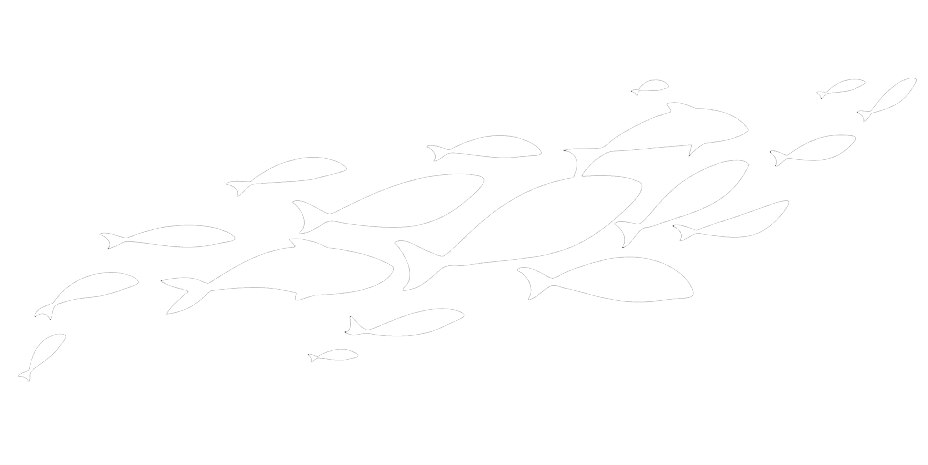
Those intriguing and mysterious beings
What do we understand about Manta rays in Lembongan
Manta ray Nusa Lembongan are one of the biggest highlights when diving with us. People travel here from all over the globe to see these majestic creatures. In fact, Manta Bay and Manta Point are some of our most requested dive sites. Let’s learn about why these marine animals so widely loved

Protecting and Educating
Support the Protection of These Gentle Creatures
We offer a 3.5-day program for conservation enthusiasts that focuses on the marine megafauna of the Nusa Penida Marine Sanctuary. During this training, you’ll have the opportunity to collect data, monitor populations, and advocate for the preservation of these magnificent creatures

Ethical Code
Best Practices for Diving with Manta Rays
We have created these set of guidelines for a safe and fun time when diving with Mantas. At the same time, we aim to ensure the health and safety of our resident wildlife. The main goal is for the Manta rays to be undisturbed at cleaning stations. It is very important for them to be cleaned of parasites

Those intriguing and mysterious beings
What do we understand about Manta rays in Lembongan
Manta ray Nusa Lembongan are one of the biggest highlights when diving with us. People travel here from all over the globe to see these majestic creatures. In fact, Manta Bay and Manta Point are some of our most requested dive sites. Let’s learn about why these marine animals so widely loved

Protecting and Educating
Support the Protection of These Gentle Creatures
We offer a 3.5-day program for conservation enthusiasts that focuses on the marine megafauna of the Nusa Penida Marine Sanctuary. During this training, you’ll have the opportunity to collect data, monitor populations, and advocate for the preservation of these magnificent creatures

Ethical Code
Best Practices for Diving with Manta Rays
We have created these set of guidelines for a safe and fun time when diving with Mantas. You can access the download through this link. At the same time, we aim to guarantee the health and safety of our resident wildlife. The main goal is for the Manta rays to be undisturbed at cleaning stations. It is very important for them to be cleaned of parasites






